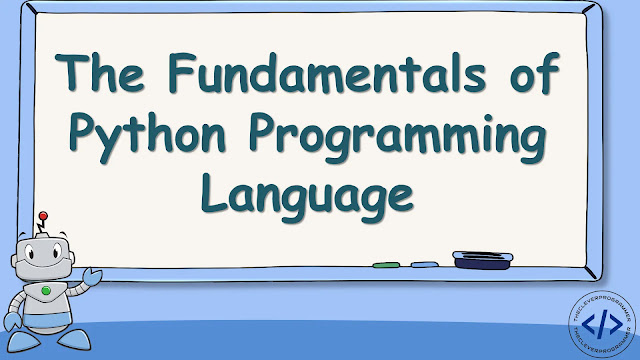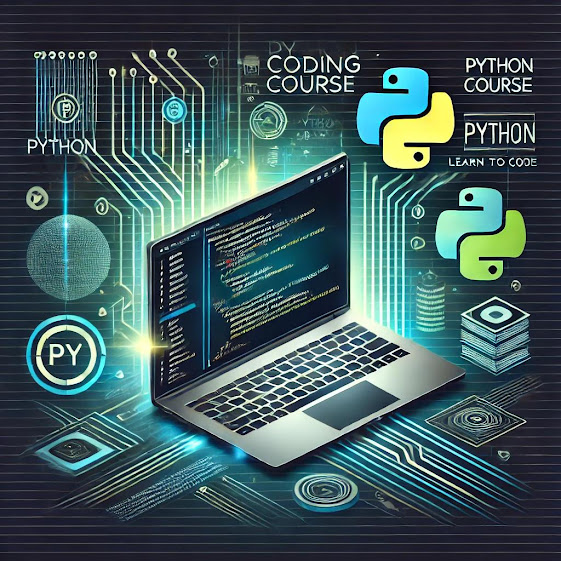From Zero to Python: Learn the Groundwork of Coding
From Zero to Python: Learn the Groundwork of Coding
Why Choose Python First?
Python stands out because of its clean syntax, flexibility, and wide community support. Unlike other programming languages that bombard beginners with complex syntax rules, Python reads more like English, making it ideal for those just starting out.
But don’t let its simplicity fool you—Python is used by Google, NASA, Instagram, and many other top tech companies. From web development and data science to artificial intelligence, Python provides the tools to explore nearly any area of computing.
1. Installing Python and Getting Started
To begin your coding journey, install Python from the official website (python.org). Once installed, you can start writing code in IDLE (Python’s default editor) or use a beginner-friendly platform like Thonny, Jupyter Notebook, or VS Code.
Here’s your first Python program:
That one line outputs a message to your screen—and it’s the classic first step in every coder’s life.
2. Understanding Variables and Data Types
Variables are the building blocks of any program. They store data that your program can use and manipulate.
These examples demonstrate different data types:
-
String (
"Alice") -
Integer (
21) -
Float (
5.4) -
Boolean (
TrueorFalse)
You don’t need to declare types in Python—they’re inferred automatically. This feature makes the language fast to write and easy to learn.
3. Inputs and Outputs: Talking to Your Program
Getting user input and displaying results is a fundamental part of any application.
This allows your program to interact with users in real time—a key skill in building dynamic programs.
4. Control Flow: Making Decisions
What if you want your program to react based on conditions? That’s where if, elif, and else come in.
This logic helps you create more intelligent and responsive programs.
5. Loops: Repeating Actions
Instead of writing code over and over, loops let you automate repetition.
For Loop:
While Loop:
Loops are incredibly useful when working with lists, files, or user input.
6. Functions: Reuse Your Code
Functions let you write code once and use it many times. They're perfect for tasks you need to perform repeatedly.
Functions help organize code into clean, manageable pieces—a vital step as your programs grow in complexity.
7. Lists, Tuples, and Dictionaries
Python provides versatile data structures to store collections of data:
-
List: An ordered, changeable collection.
-
Tuple: An ordered, unchangeable collection.
-
Dictionary: A collection of key-value pairs.
These tools help you manage complex data efficiently.
8. File Handling Basics
Working with files lets you save and retrieve data—essential for many applications.
File operations are especially useful for logs, data storage, or exporting user activity.
9. Errors and Exception Handling
As a beginner, you’ll encounter errors. Python helps you handle them gracefully using try and except.
This improves user experience and keeps your program running without crashes.
10. Exploring Python Libraries
Python becomes even more powerful when you tap into its libraries:
-
math– for mathematical operations -
random– for generating random numbers -
datetime– for working with dates and times -
pandas,numpy– for data analysis -
flask,django– for web development
Libraries allow you to extend Python’s capabilities without reinventing the wheel.
Tips for New Python Learners
-
Practice Daily: Even 20 minutes a day can lead to real improvement.
-
Build Projects: Start with calculators, to-do lists, or quiz apps.
-
Use Online Resources: Platforms like Codecademy, freeCodeCamp, and Python.org offer valuable tutorials.
-
Ask Questions: Join communities like Stack Overflow or Reddit’s r/learnpython.
Final Thoughts
Going from zero to Python is not just a goal—it’s a journey you can enjoy and succeed in with the right mindset. Once you understand the fundamental of Python, you gain the confidence to solve real problems, build applications, and explore fields like data science, automation, and web development.
Start small, stay consistent, and celebrate your progress. Every great developer once wrote their first line of code, just like you’re doing now.




Comments
Post a Comment